Product Details
Reviews
Product Details
Objective:
Demonstrate a model of a Newton’s Cradle to exemplify the conservation of momentum and energy transfer in a chain reaction of swinging spheres.
Materials included:
A Newton’s Cradle device
Small steel or metal balls (usually five)
Support frame or base
Tools (if necessary for setup)
Materials not included in the kit:
Procedure and assembly steps:
Procedure included in the kit manual . This is not a ready made product. Student needs to follow the steps to assemble the model…
Description:
Exploring Energy Transfer with Newton’s Cradle
Description: In the world of science, the transfer of energy is a fascinating phenomenon. The Newton’s Cradle is a captivating tool that helps us understand this concept by showcasing the elegant exchange of energy between spheres.
The Scientific Theory: The Newton’s Cradle vividly illustrates the concept of energy transfer, specifically the transfer of kinetic energy. Here’s how it works:
- Setup: The Newton’s Cradle consists of a series of identical metal spheres suspended in a frame. When the spheres are at rest, they all hang in a straight line, touching each other.
- Initial State: If you lift one of the spheres and release it, it swings down and strikes the next sphere in line. This collision sets the chain reaction in motion.
- Energy Transfer Begins: When the first sphere collides with the second, it transfers its kinetic energy to the second sphere, causing it to swing upward. At this point, the first sphere comes to a complete stop.
- Continued Transfer: The process continues as the second sphere, now with kinetic energy, collides with the third sphere. Again, energy is transferred, and the third sphere swings upward, while the second sphere comes to rest.
- Chain Reaction: This transfer of energy repeats through the entire chain of spheres, with each one momentarily coming to a stop upon collision and transferring its energy to the next. The last sphere in the line, which doesn’t have another sphere to transfer energy to, swings upward and then falls back down.
- Energy Conservation: Importantly, in an ideal Newton’s Cradle with no energy losses, the total amount of kinetic energy remains constant throughout the process. This demonstrates the principle of energy conservation, where energy is not created or destroyed but transferred from one object to another.
Learning outcome:
Have a better understanding of a Newton’s Cradle to exemplify the conservation of momentum and energy transfer in a chain reaction of swinging spheres using the model built by the student in this project
Section or subject:
Physics
Grades:
6+
Reviews
Be the first to review “Newton cradle – Energy transfer” Cancel reply









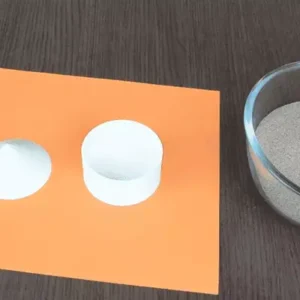
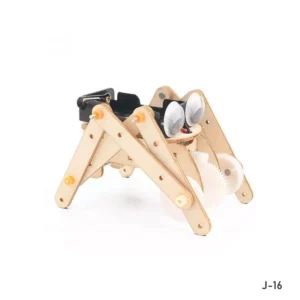


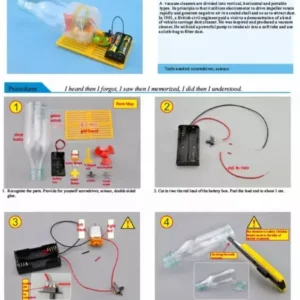

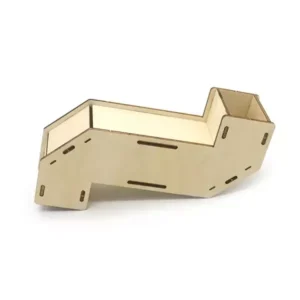
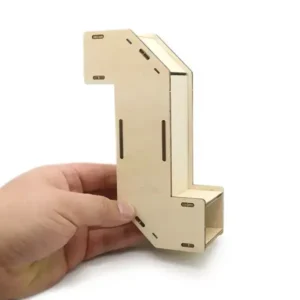
Reviews
There are no reviews yet.